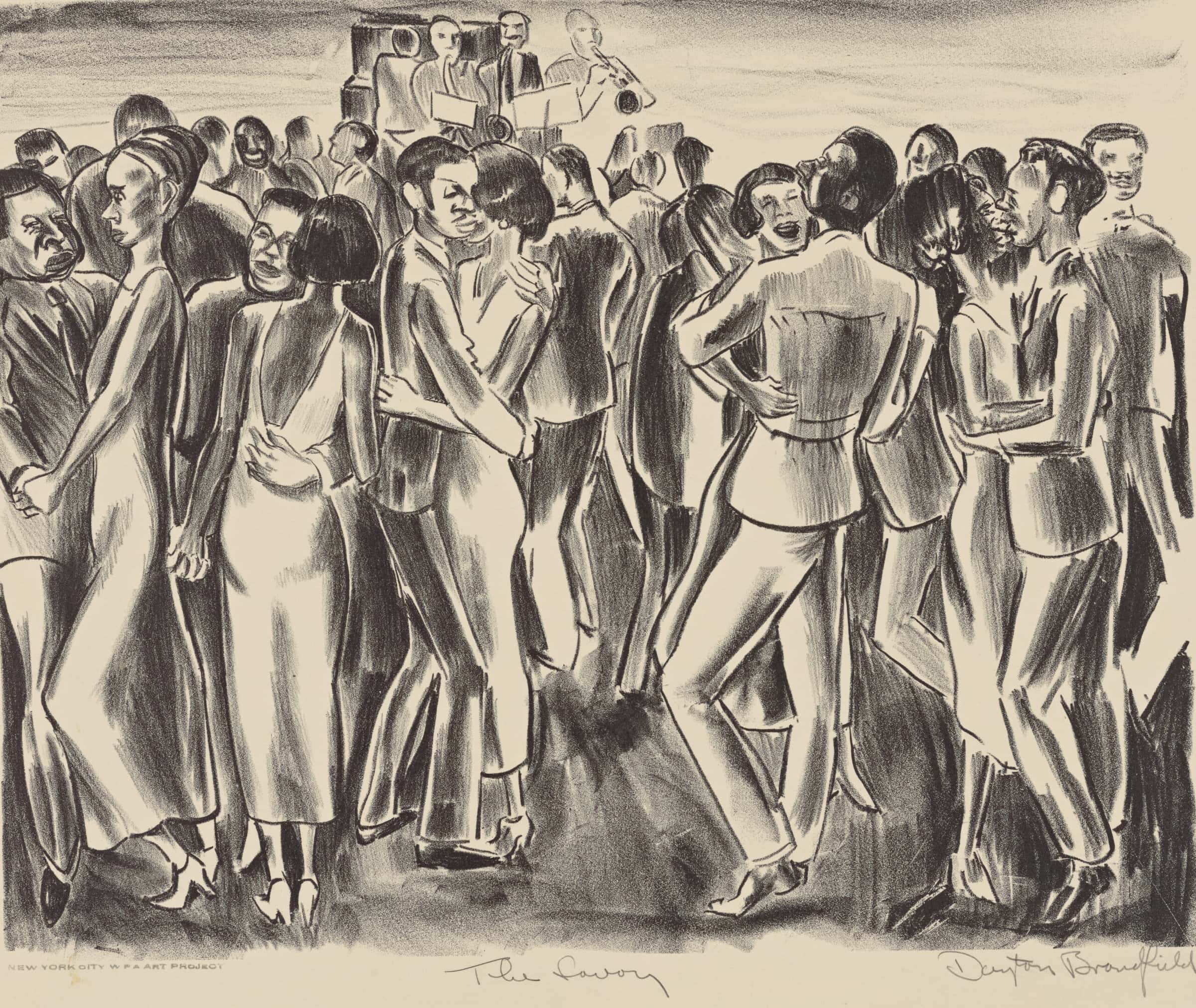The Division of the Humanities and Social Sciences at the California Institute of Technology is sponsoring a workshop on experimental ways of writing about the past. This workshop is not limited to narrative and will be open to all kinds of works—self-reflexive history, fragmented or postmodern history, history as theater or screenplay, history of a sort we cannot name. The point is to experiment with new ways of rendering the past. In addition, this workshop will not be limited to historians, but open to all writers who are interested in experimenting with telling about the past.
This was the call for submissions to the Narrating Histories Workshop. It followed on the heels of Robert Rosenstone’s article “Experiments in Writing the Past: Is Anybody Interested?” (Perspectives, December 1992). Apparently the answer was yes, there were people out there who were interested in experimenting with writing about the past. More than seventy-five academic historians along with a few filmmakers, screenwriters, playwrights, and writers wrote, faxed, and phoned Rosenstone. Many of the inquiries expressed a hunger for new kinds of historical writing and for a venue to present the results of their experiments. Common suggestions were that, in order to encourage such activities, there should be a conference, or a book or a journal should be published. Eventually a few of us at Caltech—the Narrating Histories Organizing Committee, Robert Rosenstone, Bryant Simon, Moshe Sluhovsky, and Alice Wexler—decided to bring the experimenters to Pasadena on the weekend of April 8–9, 1994.
Unlike most conferences, where papers are read from start to finish followed by formal comments, the Narrating Histories Workshop, as the name suggests, was set up as a workshop. All of the pieces of writing were circulated in advance. Experimenters spoke, at least in principle, for only ten minutes. Each was situated on one of five panels: “The Temptation of Fiction,” “Revisioning History,” “Narrative Strategies,” “Struggles with the Past,” and “The Self in the Text.” Under this format, paper topics on panels ranged from the streets of Brooklyn to a medieval German heretic to passenger pigeons to Lloyd Garrison, but the issues of the workshop were why in each case the past was written or filmed or painted the way it was, not historiography or theory. The focus of the discussions, then, was on narrative design and execution, something scholars, particularly historians, rarely talk about in public. The workshop, commented participant Jenny Price, “focused mostly on authorship questions—on the so-important questions of … how to position the author in his or her own tale.”
The workshop also was a way of reaching out. Across the country people seemed to be experimenting with narration and historical representation. Dorothee E. Kocks, another participant, wrote, “The conference was an opportunity to abandon the loneliness of the Era of Monographs. Here were other people trying out different ways to author the past.” Kocks continued, “Sometimes these efforts had the awkwardness of a first embrace, of wishing too hard for things to happen. … Still, imagine this, those of you who weren’t there: The essayist, the storyteller, the empiricist, the stump speaker, the techno-vaudevillian, the postmodern word-provocateur, the filmmaker—none of them banished from the province of ‘professional’ history. Then think too how such a confusion of truths might help expose the silence of any one, and reveal how versions of the past discipline us.”
David Ritchie described workshop participants, with a hint of surprise, as displaying “unusual generosity.” Yet neither “unusual generosity” nor the vast supplies of food—chicken kebabs, tabouli, six kinds of bagels, two kinds of cream cheese, and rosemary-scented lunchboxes—could muffle disagreement. Indeed, debate as much as anything else fueled the workshop. The debates centered around four major themes.
The Temptation of Fiction: Questions, cautious questions. “Why not write fiction instead?” asked Martha Hodes. “When, if ever,” David Farber wondered, “is it appropriate or possible to go beyond the evidence and tell a story truer than what the archive reveals?” Is the truth, someone else posed, more sensational and more “compelling”—a much brandished word at the workshop—than fiction? The tensions between evidence and invention, characters and events, deliberately created fictions and historical narratives peppered the discussion. While some participants talked of being tempted to employ fictive devices as if the Devil made them do it, others saw fiction as a way to deal with a paucity of evidence or to paper over gaps of silence in the archives. Still others were drawn to fiction by its creative and imaginative possibilities. John Demos explained that after studying colonial American history for years, he felt that sometimes he knew more about his subjects than he was allowed to say. He did not, in other words, think he always had enough sources or the “right” kinds of sources to document what he believed to be true. How many footnotes make something true?
Professional Standards: Closely related to the temptation of fiction was the question of professional standards. If historians can make up their own versions of the past, turning themselves into novelists and short-story writers (meaning also that novelists and short-story writers will turn themselves into historians), what will become of history, of historians? What, then, will be the historian’s claim to legitimacy? “How to maintain,” asked David Ritchie, “scholarly reputation and yet to allow greater flexibility in reporting the results of our research?” Others worried aloud about the tight job market, fearing that experimentation would doom young scholars, and thus that tenured faculty were the only ones safe to try out new forms. Alan Megill, in fact, said that he would discourage graduate students from pushing the professional narrative envelope because it might jeopardize their careers. Denise Youngblood, on the other hand, maintained that “radical experimentation is a challenge to the hierarchies, rituals, and norms of academic disciplines—in other words, to everything all of us have built our careers and reputation on. Take them away, and what remains? Maybe nothing, but maybe … a truer history, a history that has moved beyond facticity and pseudoscientism, both in form and in content.”
Can the Past Be Narrated at All? Wolfgang Ernst pointed out that narrative, by its very nature, turns fragments into a story with a beginning, a middle, and an end. But, Ernst insisted, it is the archives that are real, while narrating, on the other hand, is to engage in “hallucinating bones alive.” The workshop, he bemoaned, was “an ultimate victory of narrative containment, of story-type frameworks. The past data are still predominantly, even exclusively, processed by means of historical, that is, orderly plotted representation.” (Certainly Ernst would judge this report to be yet another attempt to narrate, or impose order, on the past. Perhaps a better way to present an overview of the workshop, as Min-Soo Kang suggested, would be to make available the letters, notes, papers, films, and various versions of the program associated with the meeting, and to do so without comment.) Filmmaker Rea Tajiri also questioned the conventional structures of the seamless historical narrative. The cinematic language of her film History and Memory implicitly argued against trying to shape a past that spoke in a single voice or a linear series of images out of the fragments of memory.
The Question of the Self in the Text: The debate over the “I” in the text was, without a doubt, the most heated of the workshop. “Subjectivity,” remarked Susan Crane, “is usually reserved for the prologue of a history where emotional and fiscal debts are acknowledged.” Crane continued, “The use of the first-person voice is always a conscious narrative choice; its official use is restricted, but the ‘I’ of the historian is never absent—it is simply not invoked. … Subjectivity is the great unmentionable in historical narratives. Historians are not encouraged to relate their personal reactions, motivations, emotions, dreams of other imaginative connections between their reading, research, and writing or envisioning.” For some, the workshop provided no more encouragement than elsewhere in the historical profession. Over and over again the word “compelling” popped up. If it is compelling, a few workshop participants said, then use the “I” in the text; if not, find another device. Case closed. Denise J. Youngblood, who “confessed” to having “looked forward to the gathering with a mixture of anticipation and dread,” was immediately alarmed when “several speakers attacked something they called ‘the confessional’ as narcissistic and antihistorical.” She lamented, “Evidently, there’s a limit to tolerance for experimentation even among experimenters.” Here, over the notion of subjectivity and the “I” in the text, was the place where theory and style, technique and politics run head on into each other.
What Is to Be Done? Toward the end of the workshop, participants raised questions over what they shared in common and what they could do in the future to advance the professional standing of experimental representations of the past. An attempt to forge a consensus, however, fell apart. There would be no “we,” at least not at the close of the meeting. Still, Min-Soo Kang walked away from the workshop emboldened, hoping that a movement had been or would be started. Others resist his initiative. “Rather than a movement, or ‘cutting edge,'” Jenny Price wrote, “I see ourselves as part of a growing number of historians who see the need to cultivate ourselves as writers.” Additional and perhaps more prosaic suggestions of what is to be done ranged from using the Internet to share ideas, to organizing another workshop in the near future, to distributing working papers in experimental history, to finding a press to publish the proceedings of the workshop.
Whether a new movement has begun to stir is not clear. But it is clear from the workshop, and from the responses to the “call for papers” and Rosenstone’s article in Perspectives, that there are people out there who are interested in expanding the boundaries of the traditional historical narrative and experimenting with alternative forms of representing the past. These attempts take different shapes from getting back to the fictional/historical narratives of Herodotus to film and photography to hypertext to interactive CD-ROM. In order to keep the momentum of the workshop going, in whatever direction it moves, a network of experimental historians has been set up, with Robert Rosenstone serving as facilitator. Write the Division of the Humanities and Social Sciences, Caltech, Pasadena, CA 91125.
Robert Rosenstone is professor of history, California Institute of Technology, and author of the experimental Mirror in the Shrine: American Encounters in Meiji Japan (1989). Bryant Simon is assistant professor of history, Drake University, and author of A Fabric of Defeat: The Politics of South Carolina Textile Workers in State and Nation (forthcoming). Moshe Sluhovsky is the Weisman Instructor of History, California Institute of Technology.
This work is licensed under a Creative Commons Attribution-NonCommercial-NoDerivatives 4.0 International License. Attribution must provide author name, article title, Perspectives on History, date of publication, and a link to this page. This license applies only to the article, not to text or images used here by permission.


